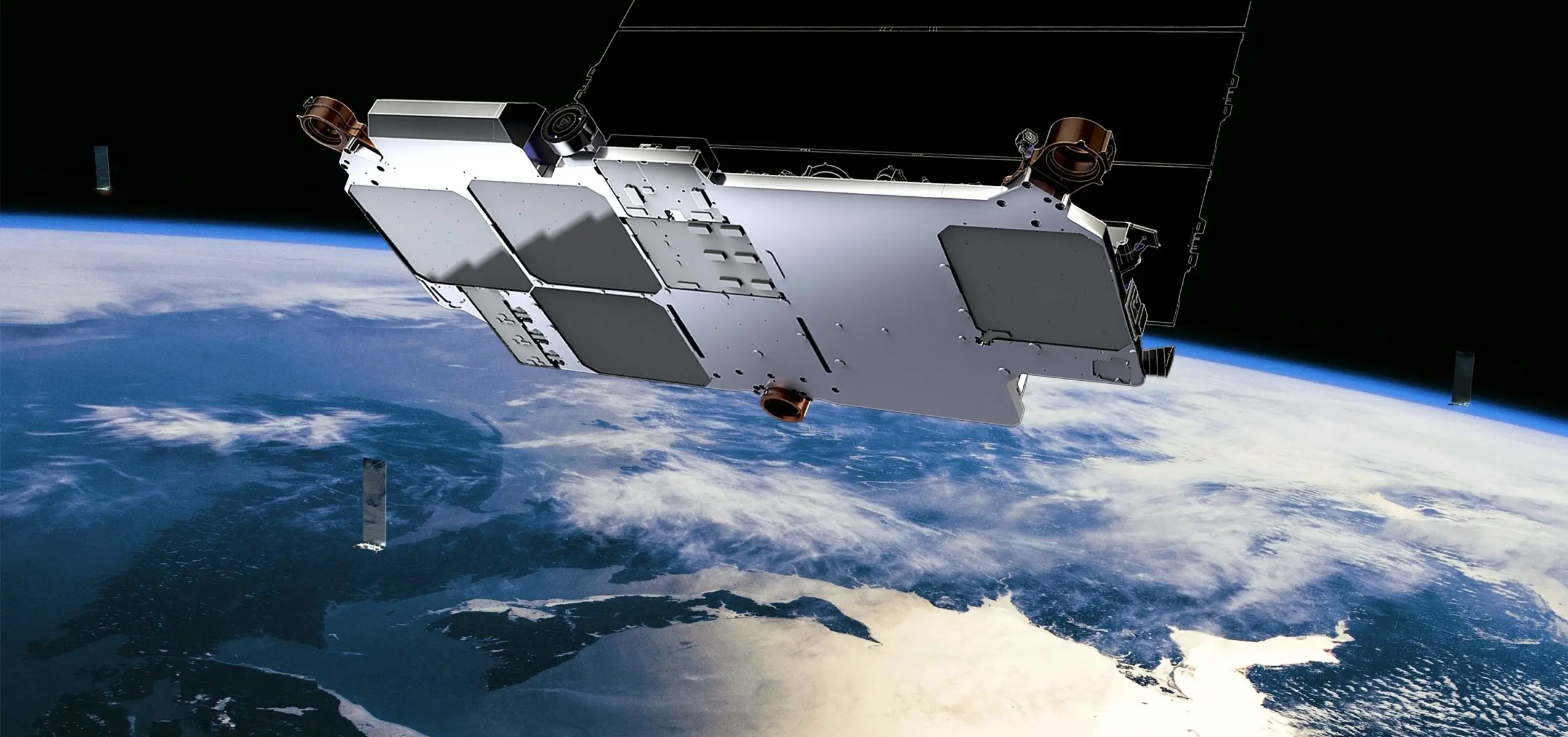T-Mobile has opened beta registration for its groundbreaking satellite-enabled cell service powered by SpaceX’s Starlink. The service aims to eliminate coverage gaps by offering direct satellite connectivity to smartphones, setting a new standard for mobile communication.
Key Points at a Glance:
- T-Mobile is rolling out beta registration for its Starlink-enabled satellite cellular service.
- The service allows smartphones to connect directly to SpaceX’s Starlink satellites, reducing coverage gaps.
- Initial beta tests will focus on text messaging, with voice and data capabilities expected in future updates.
- T-Mobile customers can access the service on existing devices without special hardware.
- This collaboration marks a major step toward universal connectivity, especially in remote areas.
A Game-Changer for Global Connectivity
T-Mobile’s partnership with SpaceX’s Starlink is poised to transform mobile communication by bridging coverage gaps that have long plagued rural and remote areas. Traditionally, cellular networks rely on terrestrial towers, leaving vast regions underserved. By leveraging Starlink’s satellite constellation, T-Mobile users can enjoy connectivity even in areas where traditional infrastructure is lacking.
The beta program will initially support text messaging. Future updates promise the inclusion of voice calls and data services, making satellite-based connectivity a viable alternative for mobile users worldwide.
How It Works: Satellite Direct-to-Phone Service
Unlike conventional satellite phones that require specialized devices, T-Mobile’s Starlink-enabled service works seamlessly with existing smartphones. Key features include:
- Direct satellite connection: Smartphones connect directly to low-Earth orbit (LEO) Starlink satellites without requiring modifications or additional hardware.
- Seamless user experience: Users won’t need new apps or complex setup processes—the service integrates with existing phone capabilities.
- Extended coverage: Designed to serve remote locations like deserts, oceans, and mountain regions where terrestrial towers fail.
SpaceX’s Starlink constellation, consisting of thousands of LEO satellites, is critical to this achievement. These satellites provide low-latency, reliable connectivity, enabling consistent communication far beyond traditional network ranges.
Beta Registration and Initial Rollout
T-Mobile customers can now sign up for the beta program, which focuses on testing basic messaging functionalities. This phase allows the company to optimize satellite-to-cell performance while gathering feedback to refine the service.
T-Mobile has outlined a gradual rollout plan:
- Beta phase: Focus on SMS messaging capabilities.
- Voice and data trials: Expected in subsequent phases to expand service capabilities.
- Commercial launch: Full-scale implementation aimed at enhancing coverage nationwide.
The beta program is expected to prioritize customers in rural and underserved regions, aligning with T-Mobile’s vision of eliminating coverage dead zones.
A Competitive Edge in Satellite Communication
T-Mobile’s collaboration with Starlink places it at the forefront of the satellite-mobile connectivity race. Competitors like AT&T and Verizon are also exploring satellite partnerships, but T-Mobile’s beta launch gives it a notable advantage.
This development highlights the growing trend of satellite integration within the telecommunications industry. With advancements in satellite technology, mobile providers are racing to deliver universal coverage without the limitations of ground-based infrastructure.
What This Means for Mobile Users
The Starlink-enabled service offers significant benefits to consumers, particularly those in rural and remote areas:
- No additional hardware: Users can access satellite connectivity with their existing devices.
- Emergency communication: Reliable connectivity in isolated areas ensures users can reach help when needed.
- Global potential: Future expansions may enable connectivity worldwide, especially in regions underserved by traditional networks.
However, challenges remain, including ensuring sufficient satellite bandwidth to handle growing user demands and addressing potential costs associated with satellite connectivity plans.
The Future of Mobile Connectivity
T-Mobile’s partnership with Starlink signals a future where mobile coverage knows no boundaries. By connecting smartphones directly to satellites, the service represents a monumental leap toward global communication accessibility.
As the beta program evolves, customers can expect:
- Full integration of text, voice, and data services.
- Improved reliability in emergencies and rural areas.
- Expanded international coverage, revolutionizing mobile communication on a global scale.
Will satellite-powered cell service become the new norm? With T-Mobile and Starlink leading the charge, universal connectivity is closer than ever.
